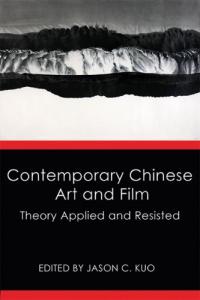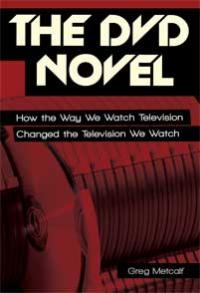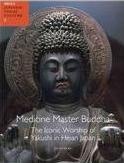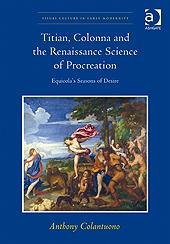Zoe Copeman awarded two-year Kress Fellowship to research in London
Zoe to continue her ground-breaking research on the history of surgical imagery and texts related to the performance of mastectomies in Europe in the early modern period


Research in art history and archaeology is an interdisciplinary enterprise.
Engaging diverse theoretical frameworks and research methods, our faculty produce innovative scholarship in the form of books and articles, digital projects, museum exhibitions, public lectures and more. Our faculty lead national networks and conferences (including the Archaeological Institute of America and the College Art Association), providing innovative research frameworks and making significant contributions to UMD's research enterprise.
Consolidated ARTH Statement of Commitment to Diversity, Equity and Inclusion
(Prepared by the DEI Task Force and Approved by GAHA May 2022)
We, the members of the Department of Art History and Archaeology at the University of Maryland, affirm that Black lives matter and condemn the ongoing violence of systemic racism, xenophobia, homophobia, transphobia, and other acts of injustice and harm impacting BIPOC and other marginalized people. We recognize and are willing to confront the roles of Art History and Archaeology in elevating and perpetuating Eurocentrism and its attendant systems of oppression including colonization, exploitation of labor, exploitation of the nonhuman world, sexism, classism, and white supremacy inside and outside academia. We recognize that this list is not all-inclusive and is ever evolving, and to it more will be added. Continuing the work begun by graduate students, faculty, and staff in the summer of 2020 following the murder of George Floyd by police, we commit to building and maintaining a more inclusive, equitable, anti-racist and pluralistic department. As part of this commitment, we recognize the need to confront and redress bias and harm and to challenge monocultural norms and expectations.
In this process, we are inspired by and join the campus-wide efforts to reckon with the University of Maryland’s long record of discrimination, racial injustice, and actions that undermine the very principles of intellectual and moral integrity for which we stand.
We are committed to lifting up and expanding the diversity of our department community and to improving inclusivity and equity in our departmental practices, policies, and culture. In the study and practice of art history and archaeology, diversity and differences are assets. Our department affirms that diversity is expressed in myriad forms, including race, ethnicity, sex, gender, sexual orientation, class, immigration status, body type, language, culture, national origin, religion, age, ability, and political perspective. We are made stronger by inviting in and providing for the diverse voices, approaches and contributions that form the foundation of our twinned disciplines, and which enable our community, as a whole, to thrive. While our disciplines have collaborated in structures of oppression, we wish to affirm the role that we in the humanities and in art history and archaeology can play in helping to envision and make possible a world that is both sustainable and just.
We envision our department as a space of care, safety, and respect for all of our members. All of our voices are valuable and our actions matter. We commit to upholding this vision in our work together.

Read More about Contemporary Chinese Art and Film: Theory Applied and Resisted
Read More about “Authority, Autonomy and the Early Taishô ‘Avant-garde’”
Karla Pollmann, Ph.D. (1990) in Classics, Ruhr-Universität Bochum, is Professor of Classics at St Andrews University.

This interdisciplinary collection of essays investigates the processes by which Augustine of Hippo's writings were re-invented in other media, including the visual arts, drama and music. Thereby it highlights the crucial role of Augustine's readers in constructing his universal stature.

Read More about The DVD Novel: How the Way We Watch Television Changed the Television We Watch

Read More about Medicine Master Buddha: The Iconic Worship of Yakushi in Heian Japan

In 1992, during the first retrospective of Basquiat's work, Richard Marshall lamented: "Jean-Michel Basquiat first became famous for his art, then he became famous for being famous, then he became famous for being infamous—a succession of reputations that often overshadowed the seriousness and significance of the art he produced." The artist's place is even now much more secure in pop culture than in academe, so the Basquiat retrospective that opened at the Fondation Beyeler in 2010 and subsequently traveled to the Musée d'Art Moderne de la Ville de Paris was not just a museum show to celebrate the artist's fiftieth birthday but also an argument for Basquiat's place in art history. Following precedent, this latest exhibition focused on the artist's larger, midcareer canvases, but this essay reads several of Basquiat's small-scale, early works as marked by often-overlooked inquiries into modernism, epistemology, and the potential of appropriation.
Read More about "Cut and Mix": Jean-Michel Basquiat in Retrospect"

Read More about Remaking Race and History: The Sculpture of Meta Warrick Fuller
